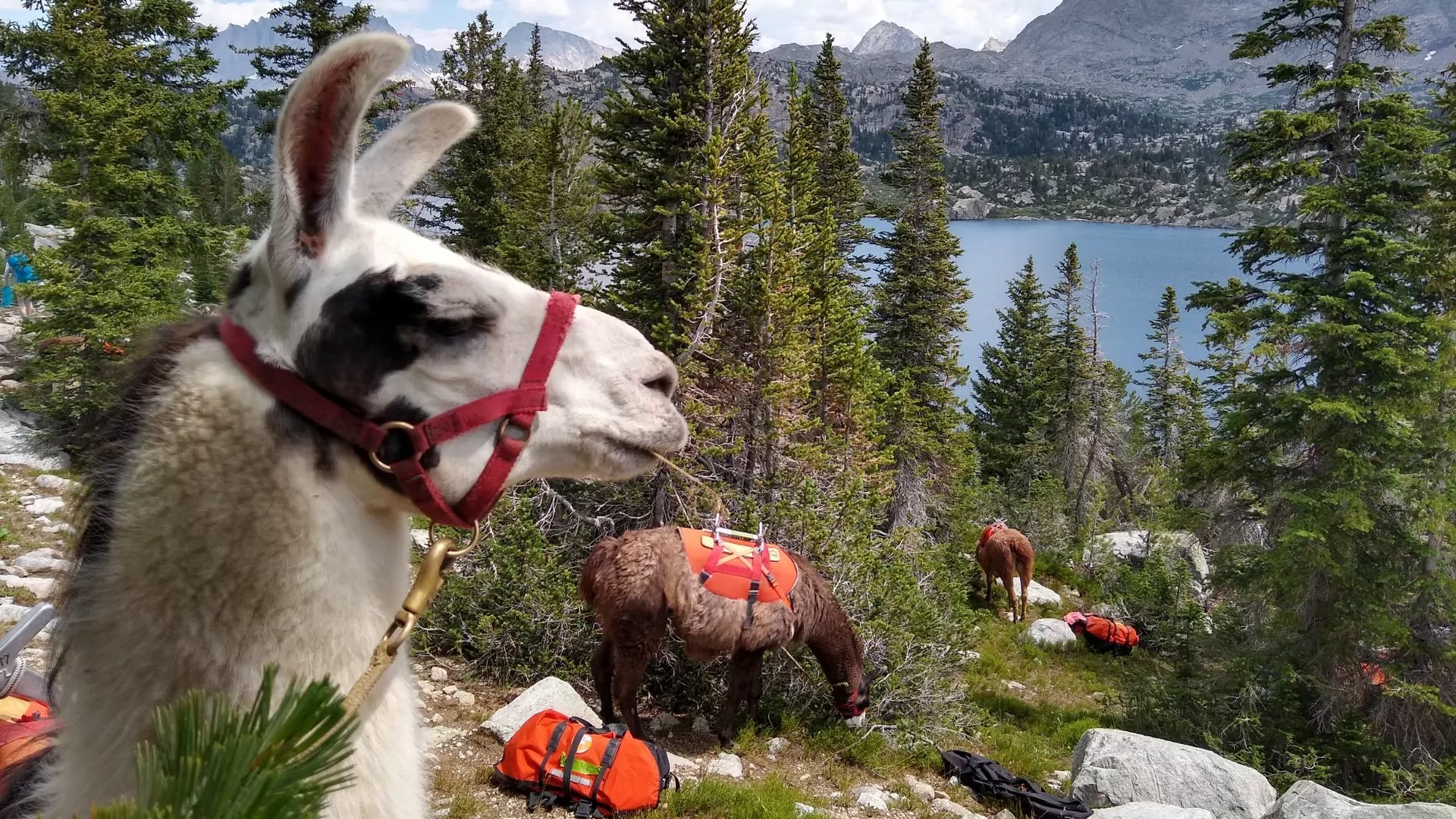Alternatives to Horse Packing
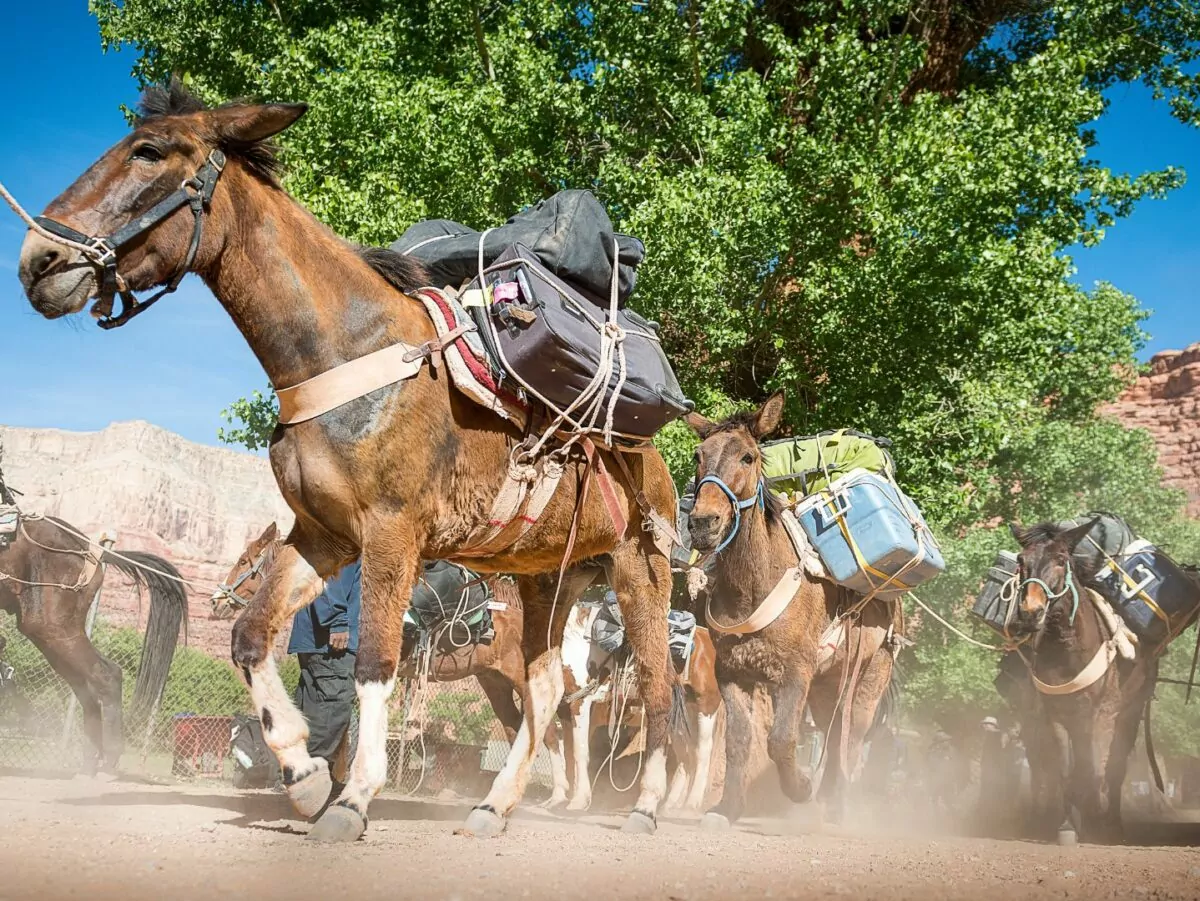
Horse packing is an exciting way to venture into the backcountry. Their ability to carry heavy loads allows groups to bring more resources on expeditions without expending more effort, which can significantly extend time spent in the wilderness and add to overall enjoyment. Long thru hikes can become a more realistic possibility with the addition of stock animals, and short weekend trips become a luxury.
When venturing into the uncharted wilderness, the choice of pack animals can greatly influence the outcome of your journey. While horses have long been favored for their strength and endurance, horses can require a great deal of caretaking, may not have the best temperament for the backcountry, and can cause notable damage to trails. Believe it or not, there are a variety of alternative stock animals that offer a host of unique advantages rivalling the horse.
Let’s uncover the benefits of utilizing these alternative animal companions and why they just might be the perfect fit for your next outdoor adventure.
Llamas
Wait a minute–llamas as stock animals? While that may sound far fetched, llamas actually provide a unique set of attributes that make them the perfect backcountry companions.
From minimizing impact to ease of maintenance, these fluffy creatures have many advantages over the traditional horses. Llamas have padded feet that minimize soil erosion and damage to fragile ecosystems compared to hooved animals, making them ideal for traversing sensitive wilderness areas.
They have an efficient digestion which lowers the risk for overgrazing an area, as well as maintaining a balanced food source throughout a backcountry trek. This minimizes the amount of llama feed that is needed for extended trips into the backcountry. The feed that they do eat are grass pellets that leave little impact to the environment when they digest them, further helping maintain a low profile compared to horses.
Additionally, llamas get less startled than horses do, and with the many unknowns that come with the backcountry, it is important to have a stock animal with a calmer temperament. Llamas are also skilled at navigating steep or varied terrain. Their surefootedness and agility allows for travel where other stock animals would struggle.
When we take llamas through different backcountry areas across the Rocky Mountains, the llamas stay strong and navigate with ease. Llamas have a slightly thinner build than other large stock animals, so they can traverse through tighter terrain more easily, even with packs on their sides. Despite their slender build, llamas are remarkably strong load carriers, capable of bearing heavy loads of up to 25-30% of their body weight thanks to their unique anatomy.
When planning your next wilderness expedition, consider harnessing the power of llama trekking and embrace the beauty of the backcountry with these remarkable companions by your side.
Goats
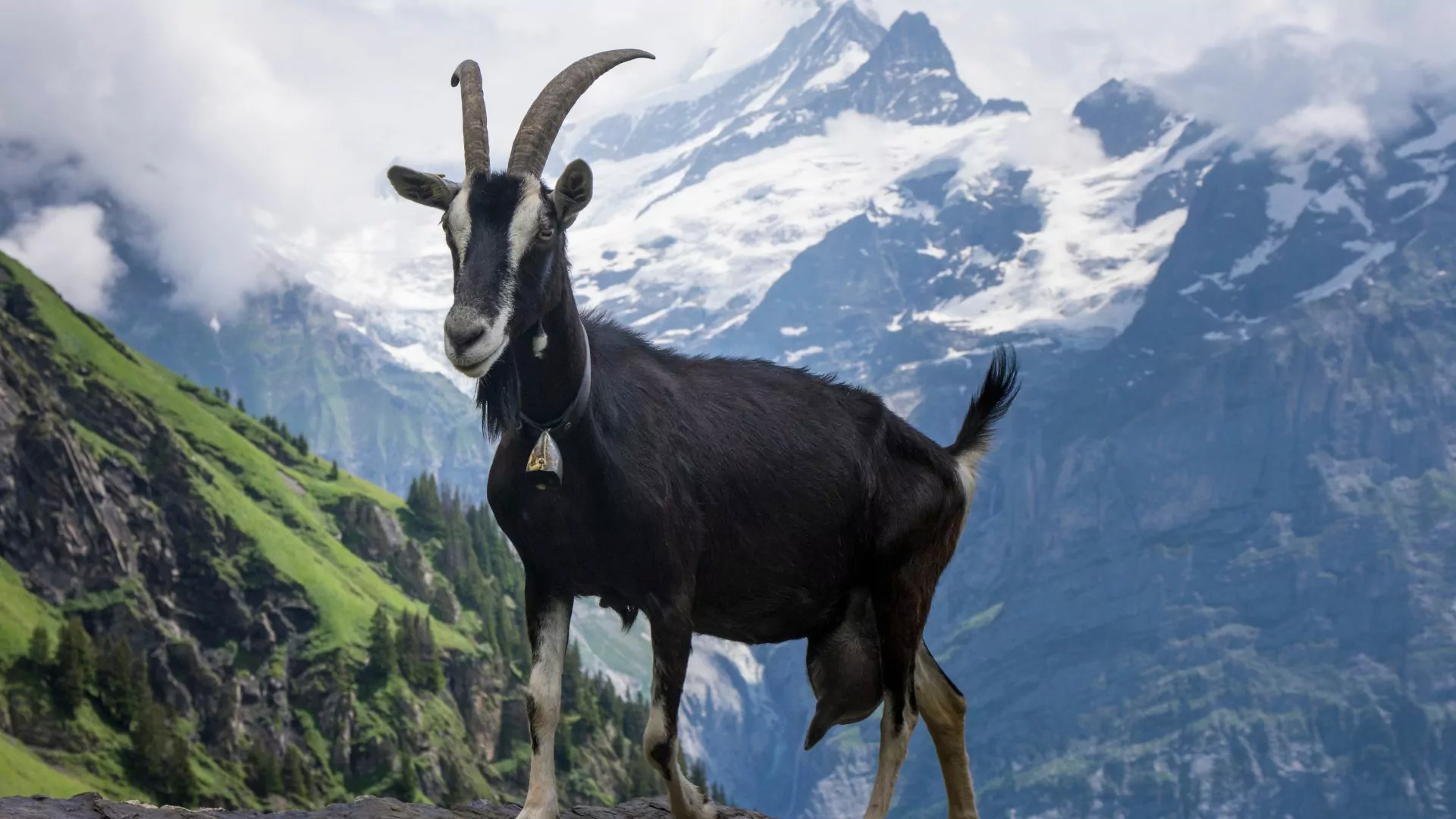
When considering pack animals for backcountry travel, goats stand out for their exceptional agility and surefootedness, effortlessly navigating steep slopes, rocky terrain, and narrow trails. Their nimble hooves and keen sense of balance grant access to remote and rugged terrain, surpassing larger pack animals in versatility. Additionally, goats boast a lighter environmental footprint, as their browsing behavior minimizes vegetation damage and reduces the risk of overgrazing or soil erosion.
With their resilience and adaptability, goats require minimal care and maintenance in backcountry settings. They are mostly sustained on a variety of vegetation found along the trail. Their compact size and ability to carry moderate loads make them advantageous for various trip lengths, from day hikes to multi-day expeditions into remote wilderness areas.
Beyond their practical benefits, goats offer companionship and charm on the trail, possessing endearing personalities and a natural curiosity that fosters strong bonds with their human counterparts. Their sociable nature and affectionate demeanor enhance the backcountry experience, infusing it with warmth and camaraderie. Goats emerge as formidable allies for backcountry travel, embodying the spirit of adventure in the wilderness.
Try goat packing for your next journey into the wild, and embrace the untamed beauty of nature with these special animals by your side.
Dogs
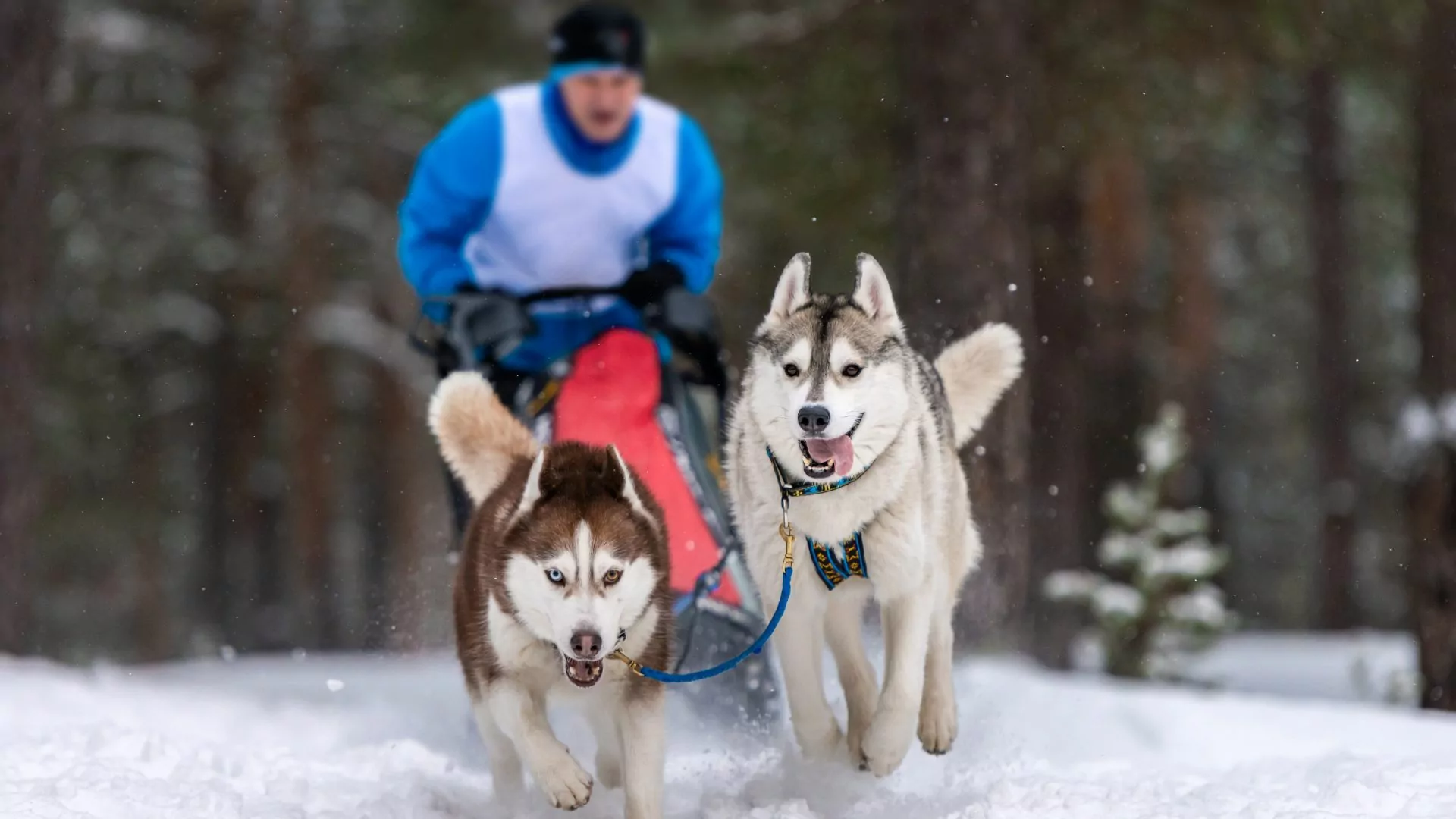
When planning a trip into the wilderness, bringing man’s best friend can absolutely enhance the experience. While they can provide some great companionship, they can also serve as pack animals carrying smaller loads.
Dogs are renowned for their agility and stamina, as well as their ability to effortlessly navigate rugged terrain and narrow trails with boundless energy and enthusiasm. Their adeptness enables access to remote and challenging landscapes, including steep slopes, rocky terrain, and dense vegetation. While their compact size facilitates maneuverability through tight spaces and obstacles over diverse trails..
Notably, dogs exert a minimal environmental impact compared to larger pack animals like horses, thereby lessening pressure on fragile ecosystems and vegetation. Their efficient movement and smaller footprint contribute to mitigating soil erosion and habitat disturbance, thus preserving the natural integrity of wilderness areas.
Along with their physical prowess, dogs prove to be incredibly versatile pack animals, capable of carrying essential gear and supplies for various trip lengths, from day hikes to extended expeditions into remote wilderness. Their adaptability to different trail conditions and climates, coupled with their willingness to collaborate with their human counterparts, positions them as indispensable allies on the trail.
The bond between humans and dogs is unparalleled, rooted in mutual trust, loyalty, and companionship forged through shared adventures in the great outdoors. Dogs thrive on human interaction and excel as pack animals when provided with proper training, care, and affection, thereby enhancing the camaraderie and sense of partnership. In the realm of backcountry exploration, dogs emerge as steadfast allies, embodying the spirit of adventure.
From their nimble agility and enhanced mobility to their lighter environmental footprint and unwavering loyalty, dogs epitomize the ultimate pack animals for those seeking to unleash the full potential of their wilderness expeditions. When embarking on a journey into the untamed beauty of nature, consider the boundless adventure that awaits with a trusty canine companion by your side.
Pack Animals
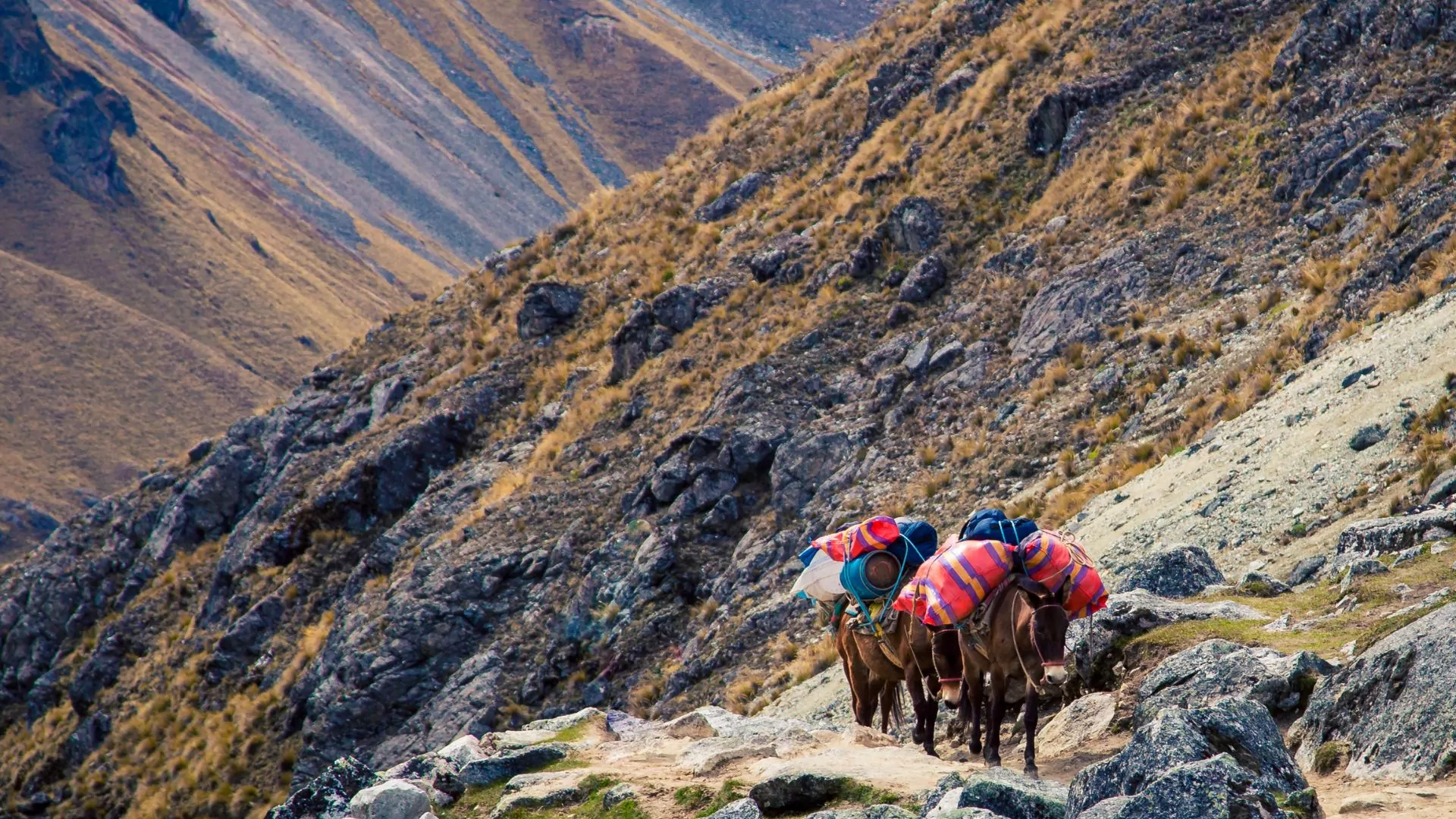
Each pack animal described has a specific build and skill set that works well in various environments, terrain, and trip styles. When planning for a backcountry trip where stock animals are incorporated, think about what you need out of your animals, and what traits would be best suited to those needs. This will save stress and maintain safety throughout your wilderness expedition.
The possibilities of backcountry stock animals extend far beyond the traditional use of horses. Horses are an impressive stock animal and can work very well in certain situations, but their lack of versatility makes them challenging to use at times and can be beaten out by other alternatives. Llamas, goats, and dogs each bring their own unique strengths and characteristics to the trail, offering a diverse array of benefits that cater to the varied demands of wilderness travel.
Whether it’s the lighter environmental footprint of llamas, the agility of goats, or the loyal companionship of dogs, these lesser known stock animals provide an opportunity to expand your horizons and forge unforgettable connections with the outdoors.
So as you plan your next adventure into the great outdoors, consider the wealth of options available and embark on a journey of exploration with the perfect pack companion by your side.



